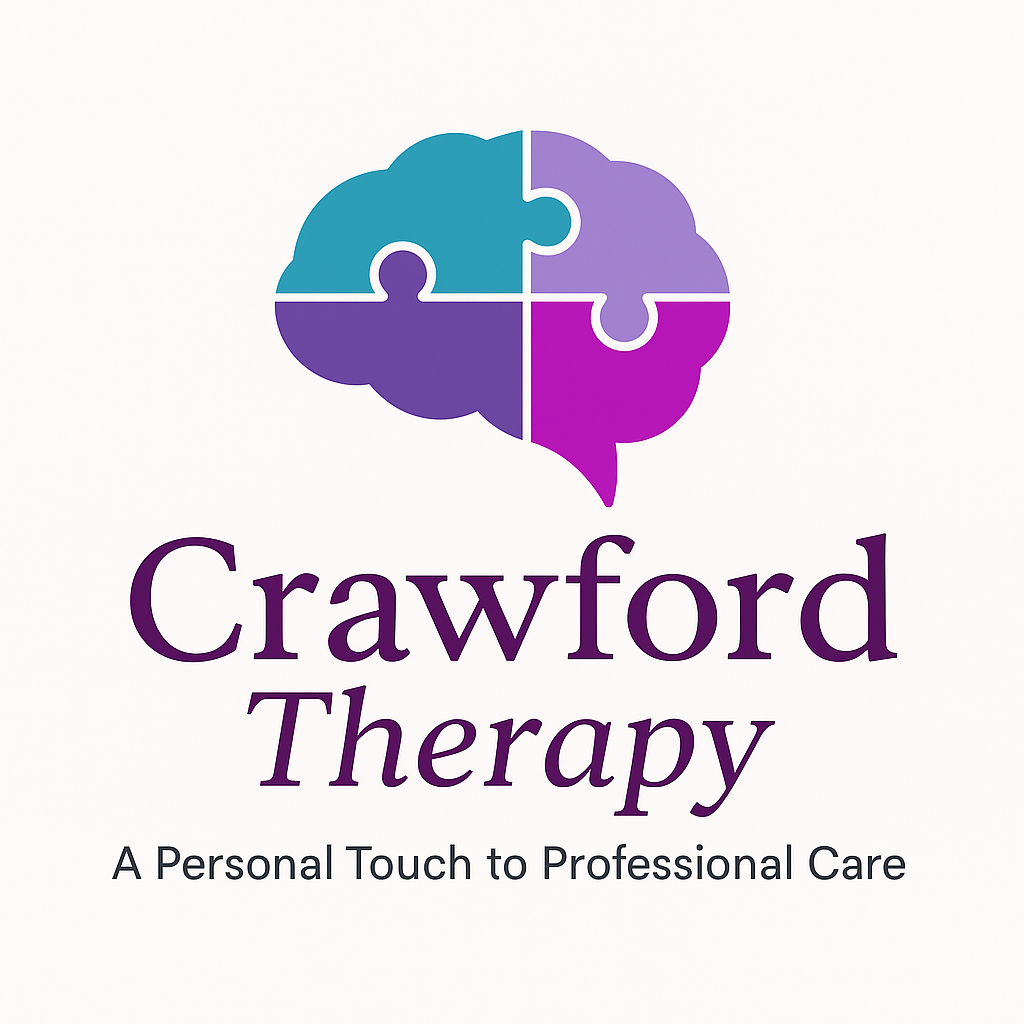What is Exposure Therapy?
Exposure Therapy is a structured psychological treatment designed to help individuals confront fears and anxieties in a safe and controlled environment. It gradually exposes a person to the source of their fear, either in real life or through imagination, allowing them to build confidence, reduce avoidance, and desensitize emotional reactions. It is particularly effective for phobias, PTSD, and anxiety disorders.
Why it Helps
By systematically facing feared situations rather than avoiding them, Exposure Therapy helps rewire the brain’s fear response. Over time, this reduces anxiety, increases control, and helps individuals regain a sense of safety and confidence in daily life.
How It Works
Exposure Therapy is based on the principle of habituation—by repeatedly encountering a feared stimulus in a safe context, emotional responses such as fear or panic begin to diminish. The therapy may involve imaginal exposure (recounting or visualizing feared situations), in vivo exposure (real-life confrontation), or interoceptive exposure (facing physical sensations linked to fear). Therapists develop a hierarchy of fear-inducing situations and guide the client through exposure exercises at increasing levels of difficulty, always at the client’s pace. Through these sessions, clients learn that the feared consequences often do not occur, and even when discomfort arises, they can cope and recover.
Who This Therapy Is For
Exposure Therapy is ideal for individuals struggling with phobias (e.g., heights, spiders, flying), social anxiety, obsessive-compulsive disorder (OCD), post-traumatic stress disorder (PTSD), and panic disorder. It may also be helpful for people who have developed avoidance behaviours after traumatic experiences or who experience anxiety-related physical sensations. Children, adolescents, and adults can benefit from this approach when guided by a trained therapist.
Benefits and Outcomes
Clients who engage in Exposure Therapy often report a substantial reduction in anxiety symptoms, improved functioning, and a greater sense of empowerment. They become more willing to engage in everyday activities that previously caused distress, such as socializing, driving, or entering crowded spaces. Exposure Therapy also improves emotional resilience and often leads to long-term reductions in avoidant behaviours and fear responses.
Frequently Asked Questions
- Will I be forced to face my fears immediately?
No, exposure is gradual and always conducted with your consent. You choose the pace and starting point. - Is Exposure Therapy safe for trauma?
Yes, when delivered by a trauma-informed therapist, it can be very effective and healing. - How long does it take to work?
Many clients see improvements in 6–12 sessions, but this can vary depending on the severity and complexity of symptoms. - Can Exposure Therapy be done online?
Yes, certain types of exposure therapy can be adapted for online sessions with guided support.
Case Examples
James, a 34-year-old man, developed a fear of driving after a car accident. He began avoiding highways and later stopped driving altogether, which limited his independence and affected his job. In therapy, James worked with a therapist to create a fear hierarchy, starting with sitting in a parked car and eventually progressing to driving short distances with support. Over three months, James regained confidence behind the wheel and returned to his normal commute. He no longer experiences panic attacks and describes feeling “free” for the first time in years.
Related Services
- Cognitive Behavioural Therapy (CBT)
- Dialectical Behaviour Therapy (DBT)
- Mindfulness-Based Cognitive Therapy (MBCT)
- Schema Therapy
- All Our Services
Ready to Start?
If fear is holding you back, Exposure Therapy can help you reclaim control of your life. No diagnosis or referral is needed—just fill out the form below and a member of our team will respond within 24 hours.
